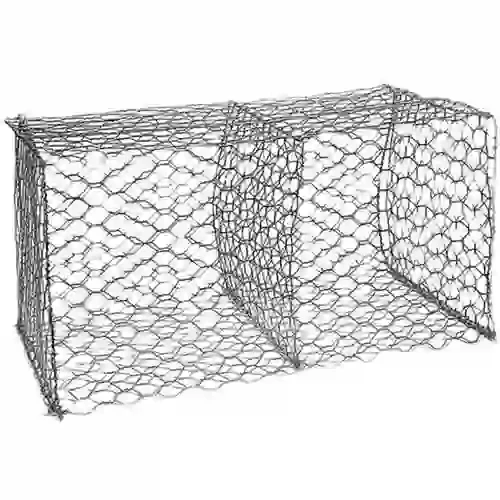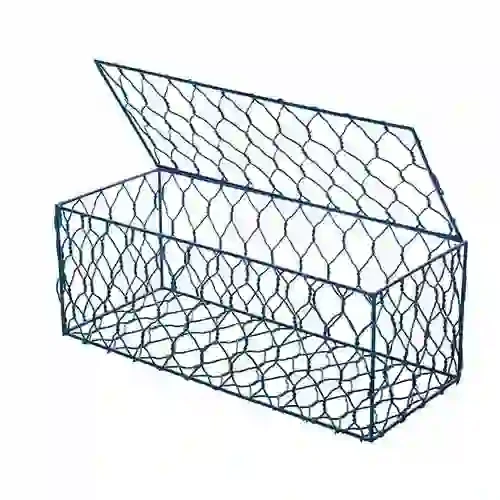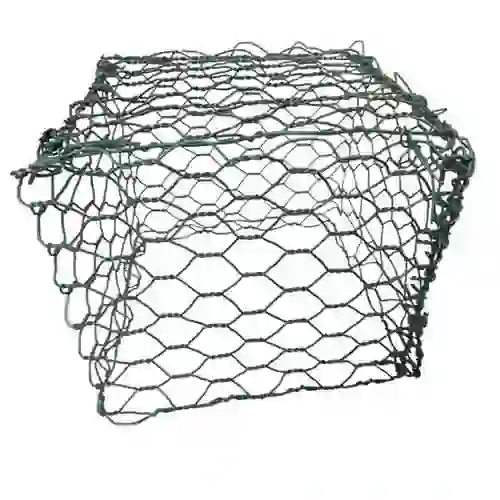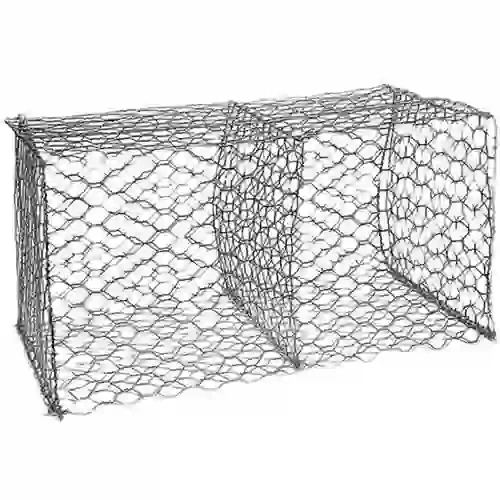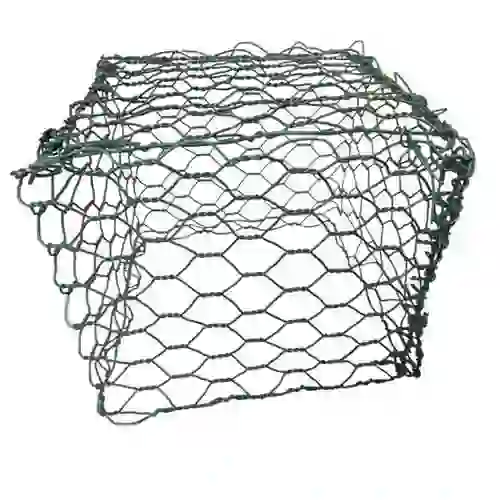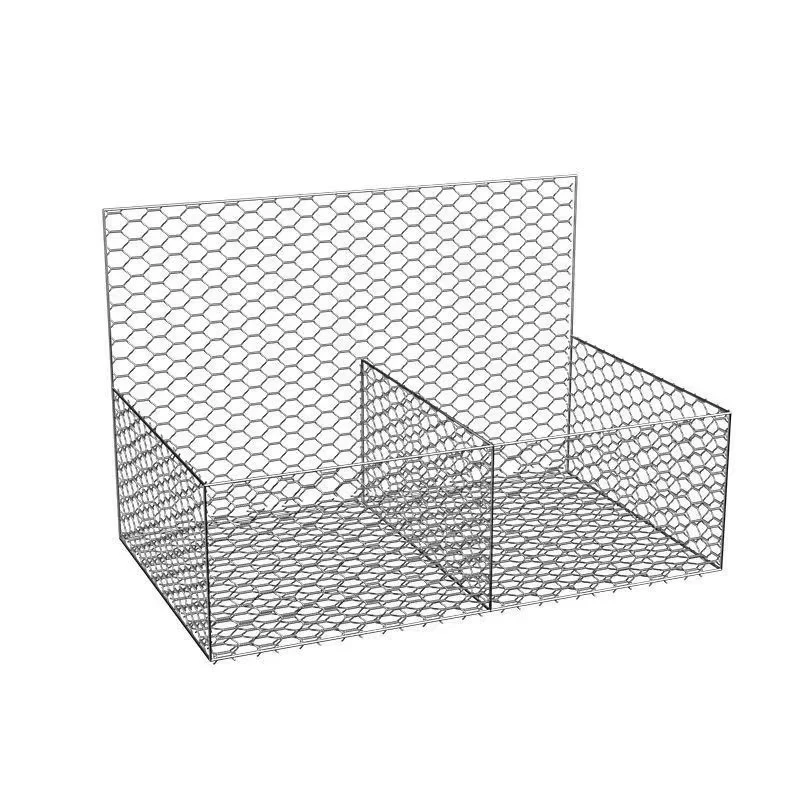-
 Teléfono:
Teléfono: -
 Correo electrónico:
Correo electrónico:

Rebar Tie Wire Foundation Use
In the world of construction, foundations are the silent guardians of structural integrity. While concrete provides mass and rebar delivers tensile strength, it’s the humble rebar tie wire that orchestrates their symbiotic relationship. This unassuming component ensures reinforcement grids remain perfectly positioned during concrete pours, resisting displacement from vibration, pressure, and environmental forces. For projects demanding precision—from residential basements to skyscraper footings—the choice and application of steel rebar tie wire directly impact a building’s resilience. Companies like Anping Shengsen Wire Mesh Products Co., Ltd., with their integrated R&D, production, and quality control departments, recognize this critical role, innovating solutions like their Loop Tie Wire to streamline the tying process. This article explores tie wire steel’s pivotal function in foundations, examining material science, best practices, and answering key field questions.
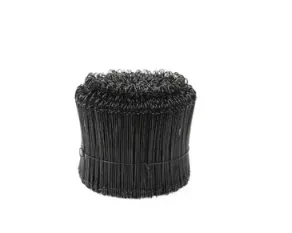
The Critical Role of Rebar Tie Wire
Foundations bear immense loads: settling soils, seismic shifts, and the sheer weight of structures. Reinforcement cages within them must remain geometrically precise to distribute stresses evenly. Rebar tie wire acts as the "stitching" holding these cages together. Unlike spot welding or plastic ties, steel rebar tie wire offers unparalleled reliability. Its primary functions include:
- Position Locking: Prevents rebar intersections from shifting during concrete placement.
- Load Transfer: Ensures stress flows evenly through the reinforcement grid.
- Dimensional Consistency: Maintains specified concrete cover thickness over rebar.
Anping Shengsen’s Loop Tie Wire exemplifies efficiency here. Its pre-formed loops eliminate time-consuming knotting—a game-changer for foundations requiring thousands of ties. Workers simply thread the wire through intersecting bars, pull tight, and secure. This speed doesn’t compromise strength; the high-quality steel ensures ties withstand concrete’s hydraulic pressure during pouring. In seismic zones or waterlogged soils, where foundation failure risks are acute, such reliability is non-negotiable.
Reasons of Tie Wire Steel Dominates
Not all wires are created equal. Tie wire steel’s dominance stems from its engineered properties:
- Ductility: Annealed steel wires bend without breaking, allowing tight twists that won’t snap under tension.
- Corrosion Resistance: Galvanized coatings protect against groundwater salts and alkaline concrete .
- Thermal Compatibility: Expands/contracts similarly to rebar, avoiding stress fractures in temperature swings.
Plastic or coated alternatives often fail under UV exposure or extreme pH conditions. Steel rebar tie wire, however, integrates chemically with concrete, forming a passive oxide layer that inhibits rust. Anping Shengsen leverages this science, producing durable Loop Tie Wire that resites job-site abrasion and long-term environmental exposure.
Best Practices for Tie Wire Steel in Foundation Applications
Even premium rebar tie wire underperforms if misapplied. Key protocols include:
- Tying Patterns: Employ saddle ties for perpendicular intersections and snap ties for laps. Avoid over-twisting.
- Spacing: Secure every other intersection in mats, with closer spacing at edges/corners.
- Tool Optimization: Use reel guns for speed or Anping Shengsen’s Loop Tie Wire for tool-free efficiency in congested areas.
For deep foundations, where rebar cages are prefabricated vertically, Loop Tie Wire’s pre-formed loops simplify assembly. Workers secure ties one-handed, reducing fatigue and errors. Post-tie inspections should confirm zero wobble at joints—a loose tie risks rebar "float" during pouring, compromising concrete cover.
FAQs acerca de Rebar Tie Wire for Specialists
What gauge of rebar tie wire is essential for heavy foundation work?
For rebar sizes 19mm and above, 14-15 gauge steel rebar tie wire is recommended. Thicker gauges resist snapping under the tension of large-bar cages. In seismic zones, engineers may specify even higher gauges for critical load paths.
Why avoid plastic ties wire steel in below-grade foundations?
Plastic degrades in UV light and alkaline environments. Concrete’s high pH can weaken polymers over time, risking tie failure. Tie wire steel’s corrosion-resistant coatings offer superior longevity in wet, chemically active soils.
How does galvanized tie wire steel prevent rust in concrete?
Zinc coating sacrifices itself to shield underlying steel. Even if scratched, zinc corrodes first, forming insoluble byproducts that seal gaps. This makes it ideal for foundations exposed to chlorides or sulfates .
Can loop-style rebar tie wires handle high-stress foundation nodes?
Yes. Anping Shengsen’s Loop Tie Wire uses high-quality steel with tested tensile strength (>350 MPa). Its loops distribute stress evenly, avoiding the point failures common in hand-twisted wires. For column-footing junctions, it provides consistent clamping force.
What’s the biggest risk of foundation rebar tie wire?
Rebar displacement during concrete pour. Loose bars reduce load-bearing capacity and compromise concrete cover, accelerating corrosion. Rigorous tying with rebar tie wire is cheaper than foundation repairs.
Foundations are only as strong as their weakest tie. Rebar tie wire—specifically engineered tie wire steel—transforms scattered rebar into unified force-resistant systems. Innovations like Anping Shengsen’s Loop Tie Wire address both efficiency and reliability, proving that even the smallest components demand big innovation. By selecting the right gauge, prioritizing corrosion resistance, and leveraging smart designs, builders ensure foundations outlive their intended lifespans. In the end, the silent vigilance of steel rebar tie wire echoes in every crack-free wall and level floor above ground.
-
Wire Mesh for Every Need: A Practical SolutionNoticiasJul.25,2025
-
Steel Fences: Durable, Secure, and Stylish OptionsNoticiasJul.25,2025
-
Roll Top Fencing: A Smart Solution for Safety and SecurityNoticiasJul.25,2025
-
Cattle Farm Fencing Solutions for Maximum SecurityNoticiasJul.25,2025
-
Affordable Iron Binding Wire SolutionsNoticiasJul.25,2025
-
Affordable Galvanized Wire SolutionsNoticiasJul.25,2025
-
Wire Hanger Recycling IdeasNoticiasJul.25,2025

